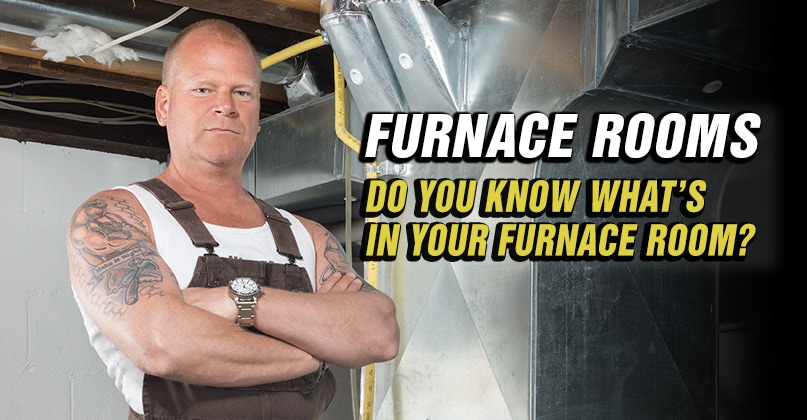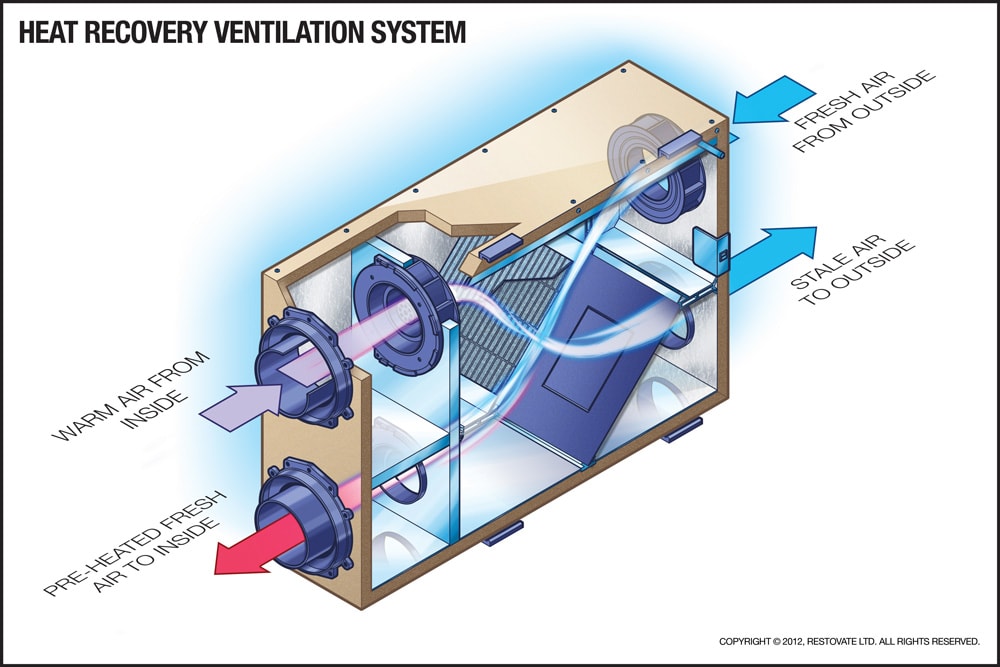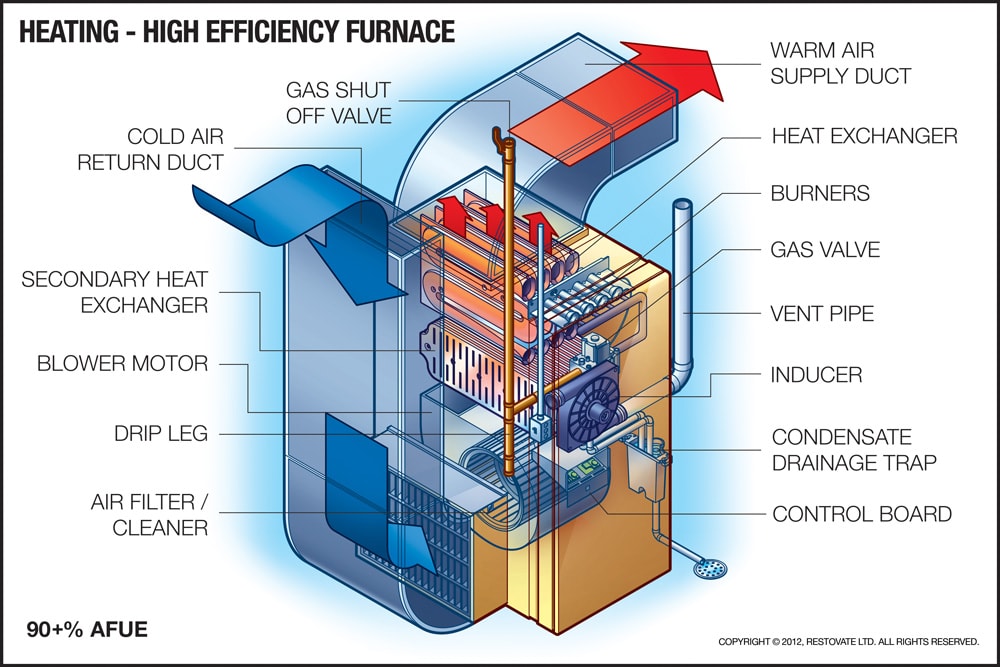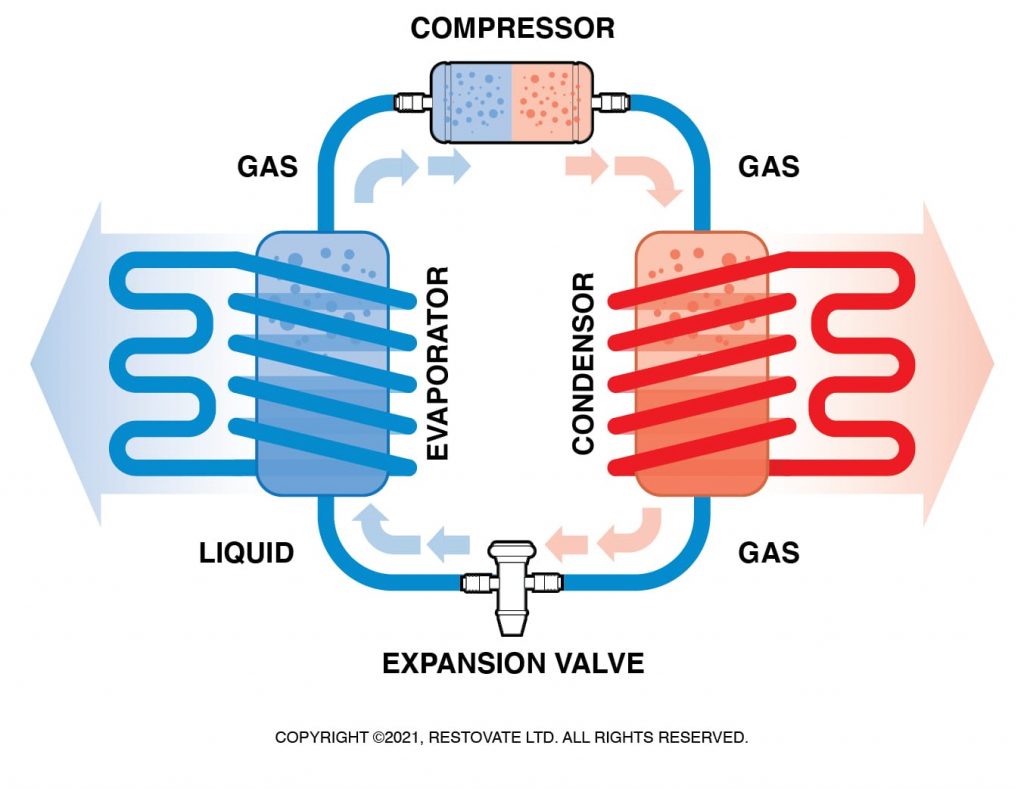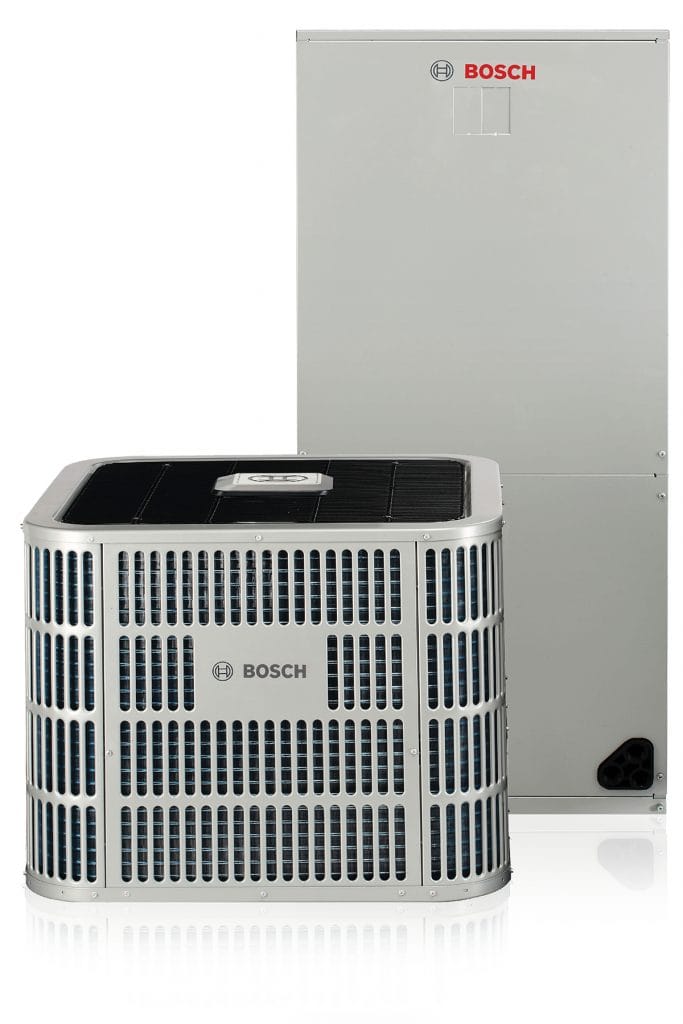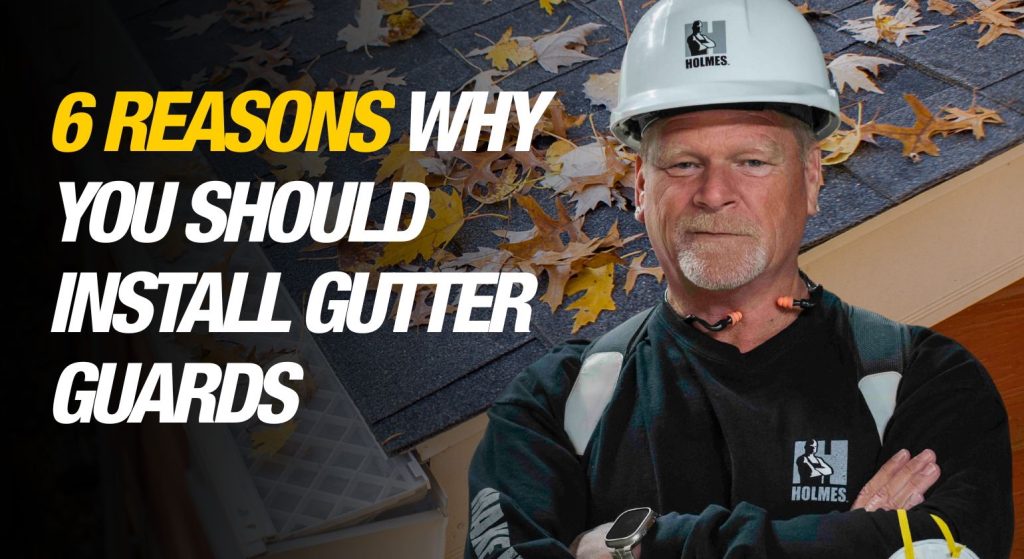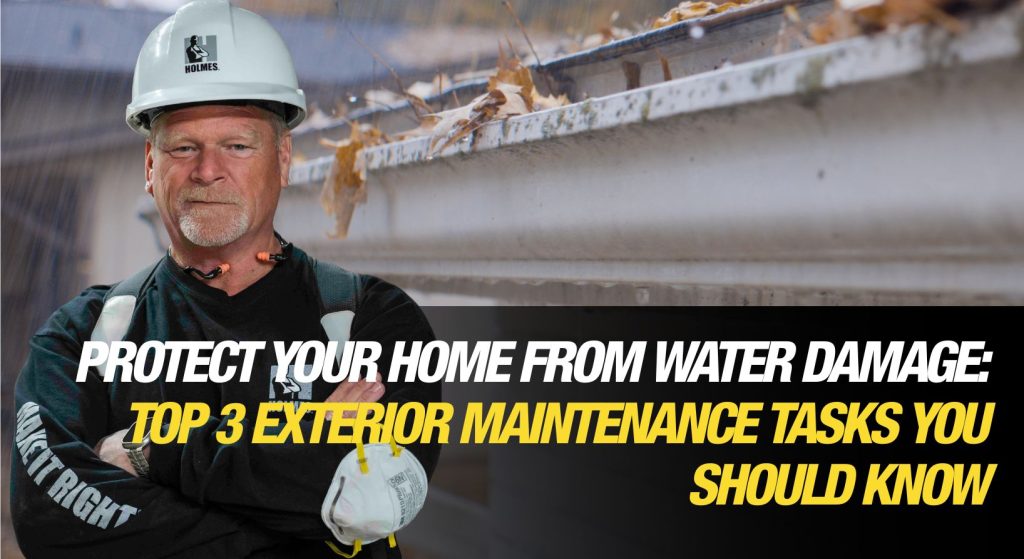Your gutters play a bigger role in protecting your home than most people realize. Be aware of these 9 signs your gutters were installed incorrectly. When they’re installed properly,...

Do You Know What’s In Your Furnace Room?
By Mike Holmes
Mike’s Advice / Home Safety & Maintenance
Thursday, March 14th, 2019 @ 9:49am
What Goes In A Furnace Room?
Your HVAC (heating, ventilation, and air-conditioning) system keeps your home breathing – consider it the lungs of your house. A strong, durable HVAC system keeps your home nice and healthy throughout the year. Homeowners play a big role when it comes to maintaining healthier homes, and it’s important to understand what’s in your mechanical room and how it’s affecting your indoor air.
The furnace (or utility) room is my favourite room in the house. It is the lifeline to your home and it often gets no attention. All the ductwork in your home is like the veins in your body. Cycling air throughout the house is the most important thing. If you unbalance the system, that will create a problem. 80% of all homes have poor indoor air quality.
If you have spent your money correctly and invested in a house built by a good builder, you are protecting the health of your family. So what’s in your furnace room?
Remember
Your mechanical room (utility room) has sophisticated systems that take a lot of skill and expertise to install. Do not attempt any DIY fixes in there. Here are 9 Jobs To Leave To A Professional.
What is an HRV Heat Recovery Ventilator?
A healthy home is one that has features that get rid of excess moisture. Although opening up windows is a good option for air exchange, that’s not practical during the winter. That’s why an HRV (Heat Recovery Ventilator) is just plain smart, and is part of the building code in most areas. It brings in air from outside, conditions it to the temperature inside the house and then feeds it throughout your home. That means a constant supply of fresh air.
On top of that, an HRV is also wired to the furnace so it actually REMOVES stale air.
Some HRVs have a humidistat which should be installed in a central spot in the house. It’s usually set at around 35-40%. If the humidistat detects that there is too much moisture in the air, it starts up the HRV. How simple is that?
When it’s running well, your HRV can recover up to 80 per cent of the heat from the outgoing stream — which can go a long way to reducing your ventilation and space-heating costs. Now that’s smart.
More on HRVs and ERVs in this article.

NOTE: An HRV is designed to be in continuous use. That means you should never turn it off (unless you’re about to get it serviced or cleaned, of course).
RELATED
Your Furnace
Think of your furnace as the beating heart of your home. Ducts are the blood vessels that carry heat to all parts of your home, and return cold air back to the furnace to be reheated. It’s important that you don’t restrict the airflow from your furnace through your home. A clogged furnace filter, furniture blocking cold air returns and heat registers will all help do that. A lot of people think that filters were created to help clean your air, but they were actually made to protect your furnace.
“All the ductwork in your home is like the veins in your body.”
NOTE: A clean furnace filter will let your furnace work more efficiently, and work to protect the unit against circulating dust. If your filter is clogged, that means your furnace fan has to work overtime to pull in air through the filter. You’ll be making your furnace work overtime to compensate – and that means more energy output every month causing wear and tear on the unit more quickly, and a higher energy bill at the end of the month.
What is an ERV (Energy Recovery Ventilator)?
ERVs manage the moisture in the air that’s being pulled into your home. Some builders install an ERV instead of an HRV. In the winter, your ERV will transfer humidity from the air being extracted from your house, keeping your humidity levels relatively stable. During the hot summer months, the opposite happens, where moisture is pulled out from the incoming air — which reduces the work your air conditioner and dehumidifier have to do to keep things even.
I love ERVs for Canadian winters, when the air coming into your house is dry. In extreme climates like ours, an ERV can take some of the load off your HVAC system.
Maintenance Tip: Pay attention to your HVAC filters. I change mine every three months – but during the summer and winter months (when our systems tend to work harder), I change them monthly. A clean filter really does make a difference in how well your unit works. That means money saved on your monthly energy bills.

Panasonic Energy Recovery Ventilator
RELATED: Is an ERV right for you?
What Are Heat Pumps?
A residential heat pump is an HVAC system that uses refrigeration and electricity to provide heating and cooling to a home.
A simple way to explain how it works is to look at how a refrigerator or freezer works. The heat pump moves heat from inside the box to the outside. It has a thermostat inside the box that maintains a set temperature, so when the box gets warm, it starts pumping heat out of the box. On the other hand, when the box is cooled and reaches its set temperature, the pumping stops until it warms up again.
Heat pumps also provide heating and cooling in two ways – ducted and ductless. Ducted is when the indoor coil of the heat pump is located in a duct and air is heated and cooled before going through the house. The major difference is that furnaces burn fuel (oil, gas or propane) to generate heat, while heat pumps move heat by using electricity.
For colder climates, a dual fuel backup may be required. This depends on where you live and the design and efficiency of your home.
Read more about Heat Pumps here.
READ NEXT
